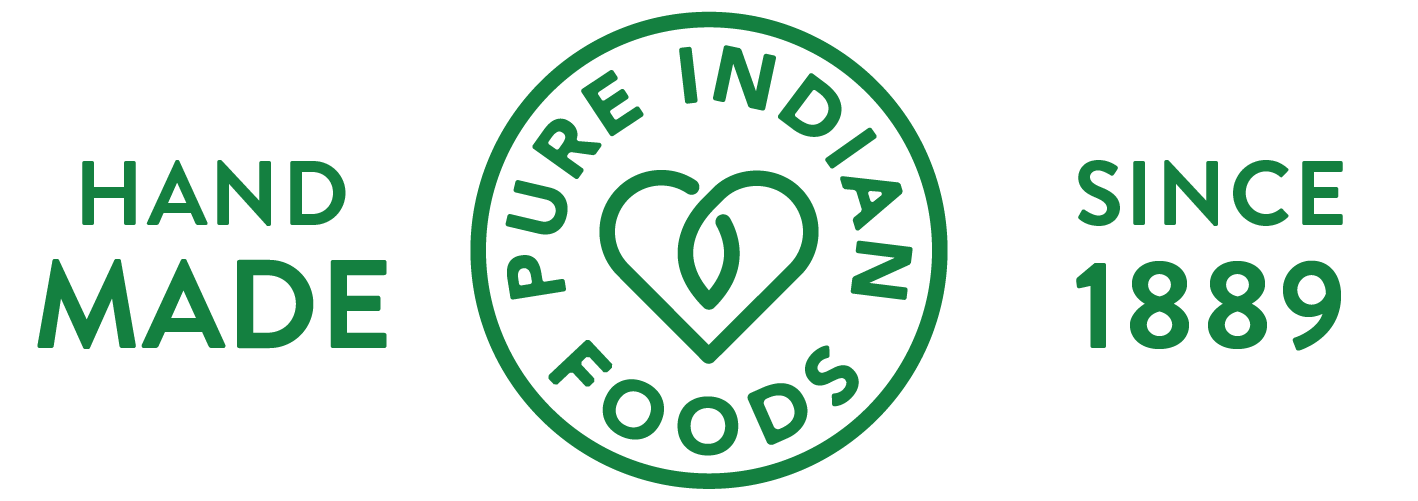Chana is world-class cuisine! In the west, we call chana chickpeas and garbanzo beans. They are one of the oldest legumes of all. Evidence of their use and consumption dates as far back as 7,500 years, initially to the Middle East although ancient samples have been discovered in Greece, France and other parts of Europe, and even in Neolithic pottery in Turkey!
The earliest writings on chana’s use appeared somewhere around 800AD beginning with the Capitulare de villis, the medieval emperor, Charlemagne’s text that provided instructions for governing his royal estates during the later years of his reign. In this document, Charlemagne describes how chana are cultivated in particular areas of each of his estates. Later, Nicholas Culpeper, the famous English herbalist, physician and astrologer describes chana as more nourishing than peas and less “windy” (gas-causing). Not long after, German philosopher and scientist, Albertus Magnus notes they grow in three different colors, and in the later part of the 18th century, people of Germany enjoyed chana as a substitute for coffee. Later, during WW1, Germany would again grow them for use as a coffee replacement. Even in modern times, chana may occasionally be used as a coffee substitute.
Many of the best and most beloved chana recipes come from India, the world’s largest consumer, importer and producer. Although there are just two varieties – Kabuli Chana (aka garbanzo beans and chickpeas) and Kala Chana (aka Bengal gram and desi chickpeas), their range of nutritious, palate-pleasing potential is enormous.
Kabuli Chana is round and cream-colored. The name “Kabuli” comes from “Kabul” since it is believed this chana first came to India from Kabul, Afghanistan in the 18th century. It’s highly nutritious, world-famous and is often sold cooked and canned around the world. Kabuli chana is an ideal vegetarian protein source but is equally enjoyed by meat-eaters. This is the most familiar chana – it’s used for making hummus, oven-roasted and spiced chickpeas, myriad vegetarian and vegan recipes, aromatic Indian chana dal recipes, and as a delicious, healthy addition to Indian, Middle Eastern, American and European fair in salads, appetizers, soups, side dishes and snacks.
Kala Chana is smaller and darker than Kabuli chana. It has a tougher, outer husk. It’s also known as dark Bengal Gram and Desi/Black Chickpeas. It’s protein content helps make it an extremely popular, major ingredient in Indian vegetarian cuisine and a delicious, nourishing essential for numerous curries and delicacies. Removing the husk and splitting the peas in half produces Chana Dal or yellow gram. Roughly 80% of all Kala Chana is used to make Chana Dal and Besan which is chickpea flour. Kala Chana, although less familiar to some, is nutritious and equally delicious. It’s used primarily in main dishes, soups and stews.
Try these recipes:


I got some amazing tips from your blog thank you so much for this blog.